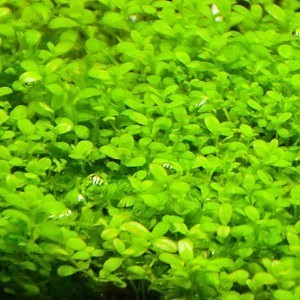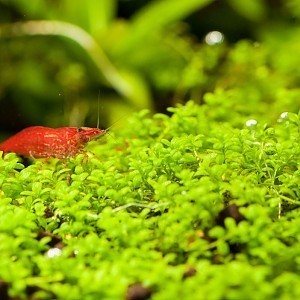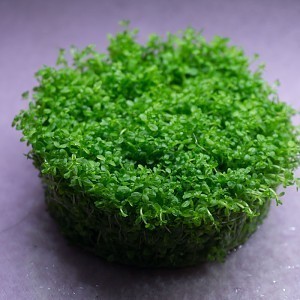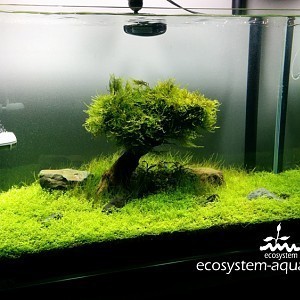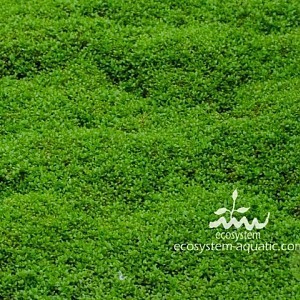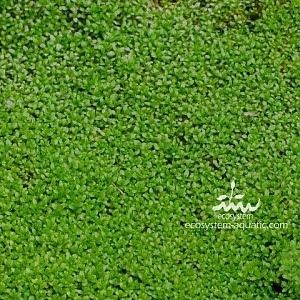Hemianthus Callitrichoides “cuba”
#
General Description #
- Common Names – Synonyms
- Dwarf baby tears, HC
- Order
- Lamiales
- Genus
- Hemianthus
- Family
- Linderniaceae
- Origin – Distribution
-
- Caribbean Islands
- Level of Difficulty
- Intermediate / Medium
- Height
- 0-10cm (0-3.9 Inches) High
- Growth Rate
- Medium
- Light Requirements
- High Light (50+ PAR)
- Co2 Requirements
- Recommended (Medium light)
- Temperature Tolerance
- 18 to 28 °C
- PH Range
- 5 to 7
- Plant Type
- Stem Plant
- Carbonate Hardness (dKH)
- 0 to 18 °dKH
- Can Be Grown Emmersed?
- Yes
CO2 is by and large required. Hemianthus callitrichoides ‘Cuba’ will survive and grow slowly in non-CO2 injected aquarium if low /no competition for CO2 is present. Although this plant is not particularly demanding in terms of nutrients, nitrate levels and all macronutrients need to be added to the aquarium.
If enough light and space is provided it has a creeping habit. However, when the carpet is complete it will start growing up. It requires frequent trimming to keep the carpet low and healthy. If trimming is delayed for too long, it will detach from the substrate, partly because the root system is not heavily developed.
While this is definitely a foreground plant, it will also grow attached to hardscape, such as in wood nooks.
The plant adapts easily to emersed growth. As such, one can start an aquarium with mainly HC using the Dry Start Method (DSM). The reverse, adapting to submersed growth required good amounts of CO2. Cell cultured plants seem to make the transition a little easier. Separate the culture in small parts aprox 1cm long using a sharp pair of scissors. The plants can be pushed deep into the substrate
References #
Photo 4,5,6: Hemianthus callitrichoides “cuba”. Source : Drakthul, 2014. All rights reserved. Used with permission.
